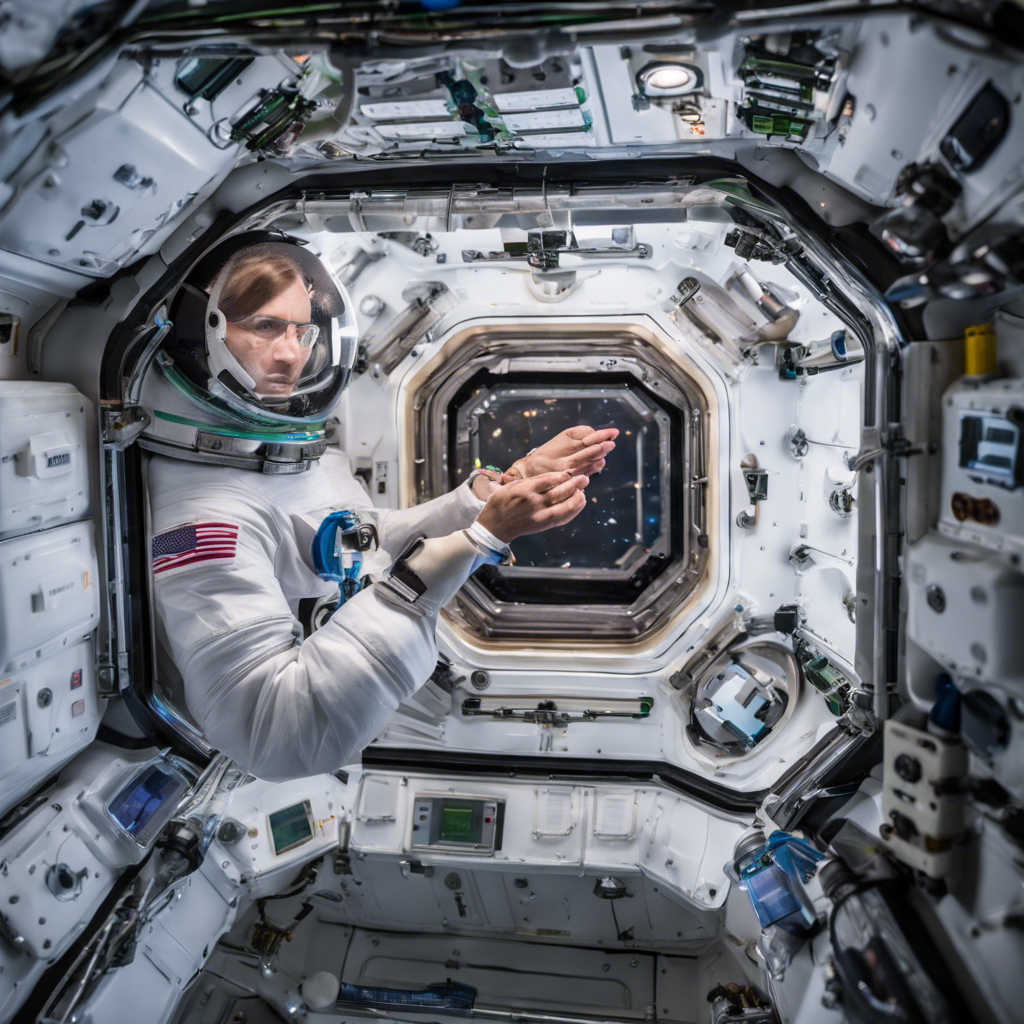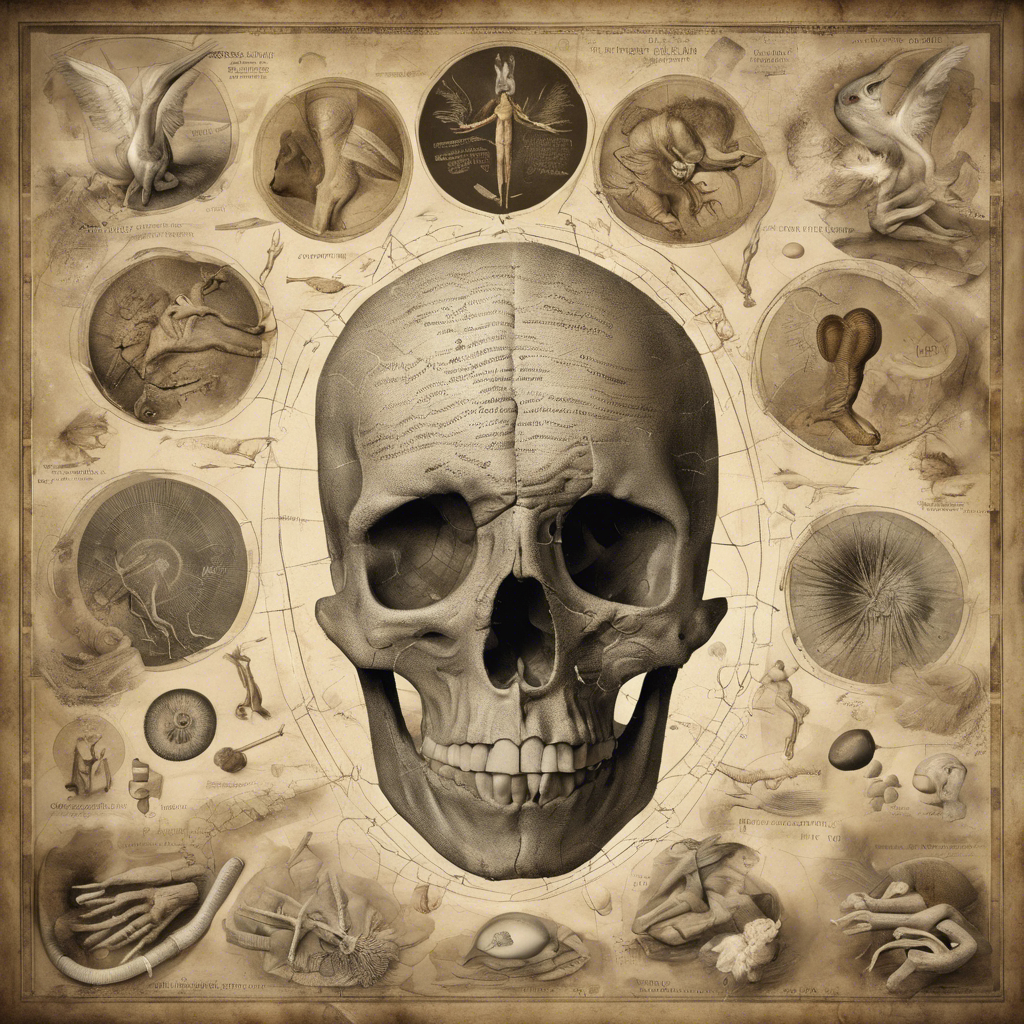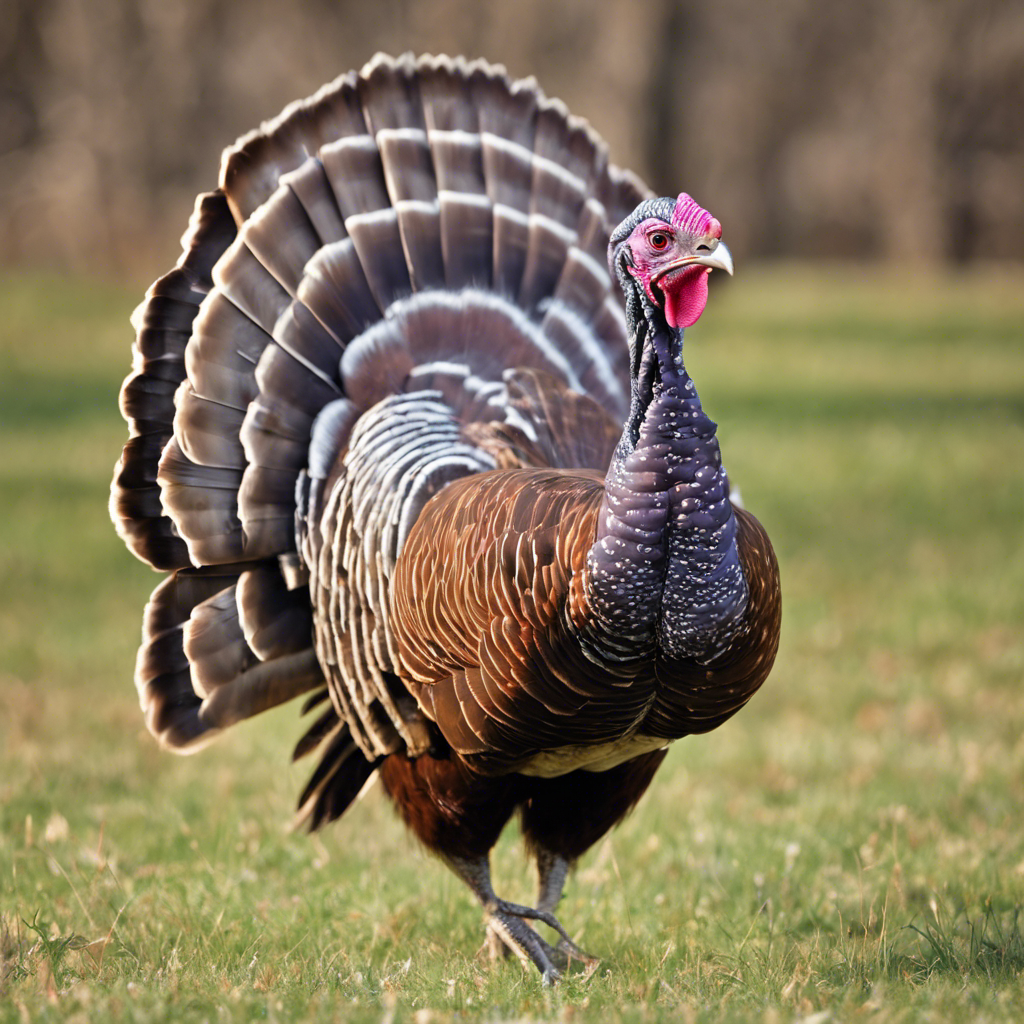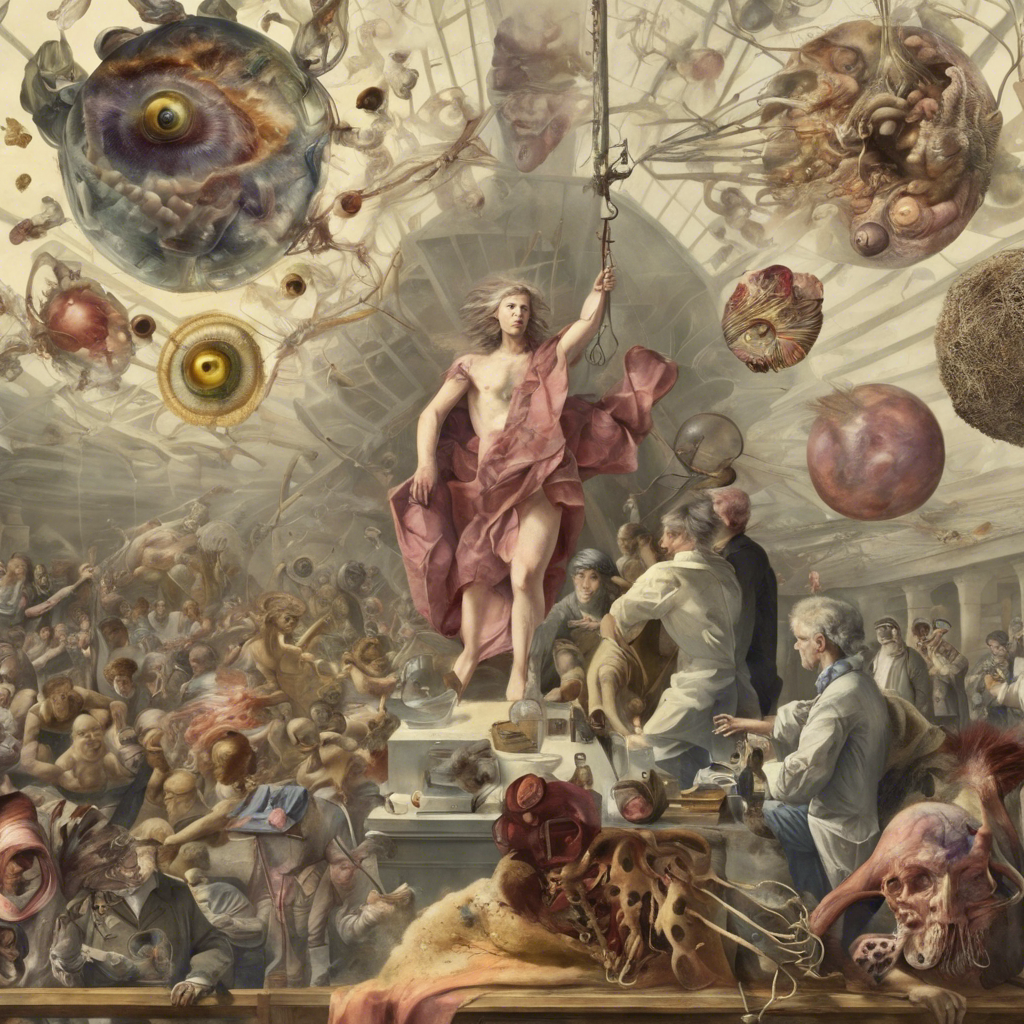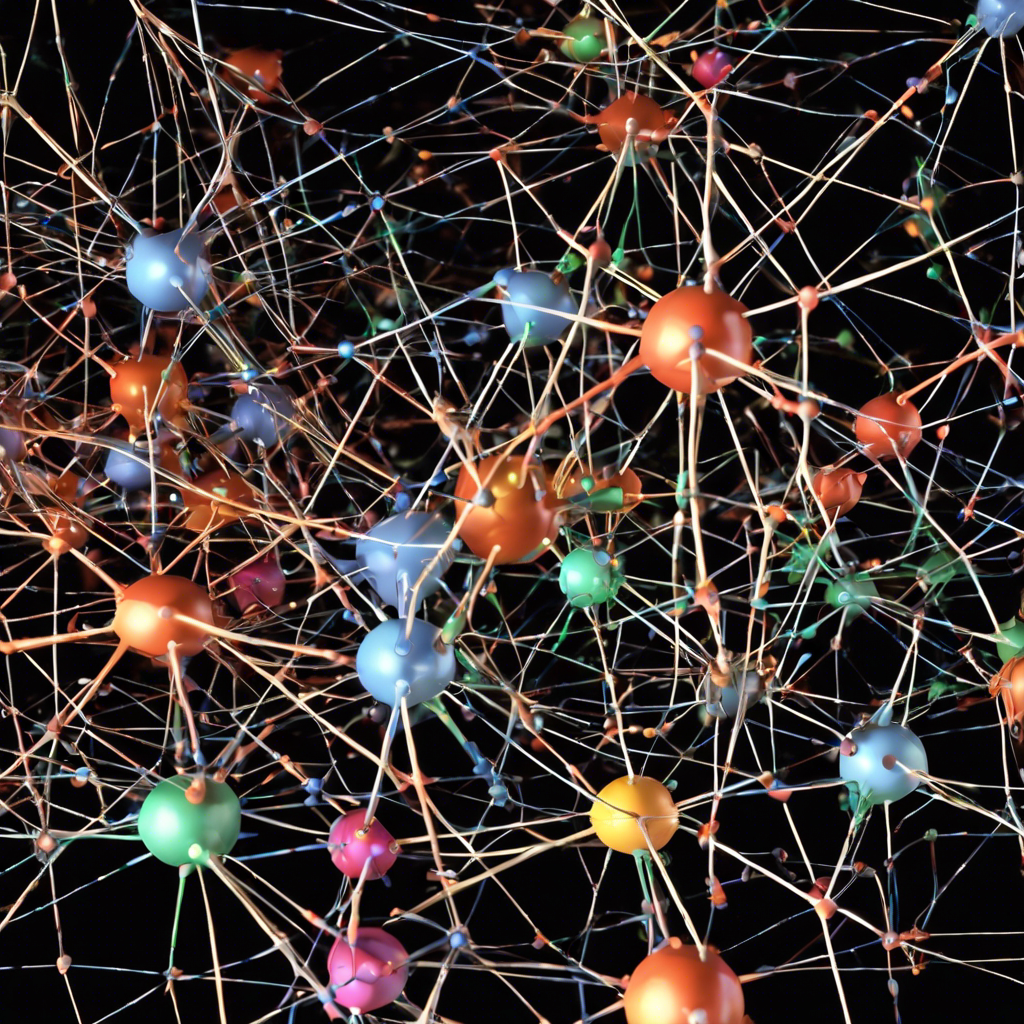Preparing for Long-Duration Missions and Self-Sustainability
As astronauts prepare for longer missions in space, the International Space Station (ISS) has become a hub for groundbreaking research in various scientific disciplines. On Thursday, the focus was on space botany, human research, and bioprinting, highlighting the importance of these areas in preparing for future missions. This article delves into the latest developments aboard the ISS, showcasing the advancements and potential implications of these scientific endeavors.
Space Botany: A Key to Self-Sustainability
Growing plants in space has emerged as a critical aspect of space exploration, as astronauts prepare for missions farther away from Earth. The ability to cultivate crops in space could provide astronauts with a sustainable source of food and improve the air quality inside spacecraft and space habitats. NASA astronauts Loral O’Hara and Andreas Mogensen from the European Space Agency (ESA) played a vital role in servicing the Advanced Plant Habitat, a research device that has successfully grown a variety of vegetables in the Kibo laboratory module. By replacing environmental control components, the astronauts ensure the continued success of space agriculture and move closer to achieving self-sustainability in space.
Understanding the Impact of Weightlessness on Vision
Another crucial area of research aboard the ISS is human health in space. Astronauts experience various physiological changes during their time in microgravity, including potential impacts on vision. O’Hara and Moghbeli, along with Flight Engineer Satoshi Furukawa from the Japan Aerospace Exploration Agency (JAXA), participated in the CIPHER suite of human research experiments. O’Hara used specialized sensors to measure the electrical response of Furukawa’s retinas to light, providing valuable insights into the effects of weightlessness on vision. Additionally, using standard medical imaging hardware, O’Hara examined the optic nerves and retinas inside Moghbeli’s eyes. These studies aim to understand the impact of weightlessness on astronauts’ vision and overall eye health.
Bioprinting: Manufacturing Human Organs in Space
The potential for bioprinting human organs in space is an exciting frontier in space research. ESA station commander Andreas Mogensen, with the assistance of Flight Engineer Jasmin Moghbeli, used the BioFabrication Facility (BFF) in the Columbus laboratory module to print cardiac tissue samples. The BFF demonstrates the possibility of manufacturing human organs in space using existing patient cells. This groundbreaking research could revolutionize healthcare, as astronauts could potentially produce replacement organs during long-duration missions, eliminating the need for organ transplants from Earth.
Roscosmos Biology Investigation and Futuristic Research
Cosmonauts Oleg Kononenko and Konstantin Borisov were engaged in a Roscosmos biology investigation, checking and photographing incubated eggs. This research aims to further our understanding of biological processes in space. Additionally, Kononenko focused on improving communication between international crews and mission controllers, highlighting the importance of efficient information exchange for successful space missions. Borisov’s research centered around futuristic spacecraft and robotic piloting techniques, exploring innovative ways to navigate and control spacecraft in the future. These studies contribute to the continuous improvement and advancement of space exploration.
Cargo Operations and Power Supply Testing
In addition to the scientific research, the Expedition 70 septet also dedicated time to essential cargo operations. Flight Engineer Nikolai Chub unpacked the Progress 86 cargo craft, ensuring the delivery of necessary supplies and equipment to the ISS. Chub also conducted tests on power supply components inside the Zarya module, ensuring the reliability and functionality of critical systems on the space station.
Conclusion:
The International Space Station continues to be a hotbed of scientific research, with Thursday’s focus on space botany, human research, and bioprinting. These advancements pave the way for future long-duration missions and self-sustainability in space. From cultivating crops to understanding the impact of weightlessness on vision and exploring the potential for bioprinting human organs, the ISS remains at the forefront of scientific innovation. As astronauts prepare for the challenges of deep space exploration, these research endeavors offer invaluable insights and possibilities for the future of humanity beyond Earth.







